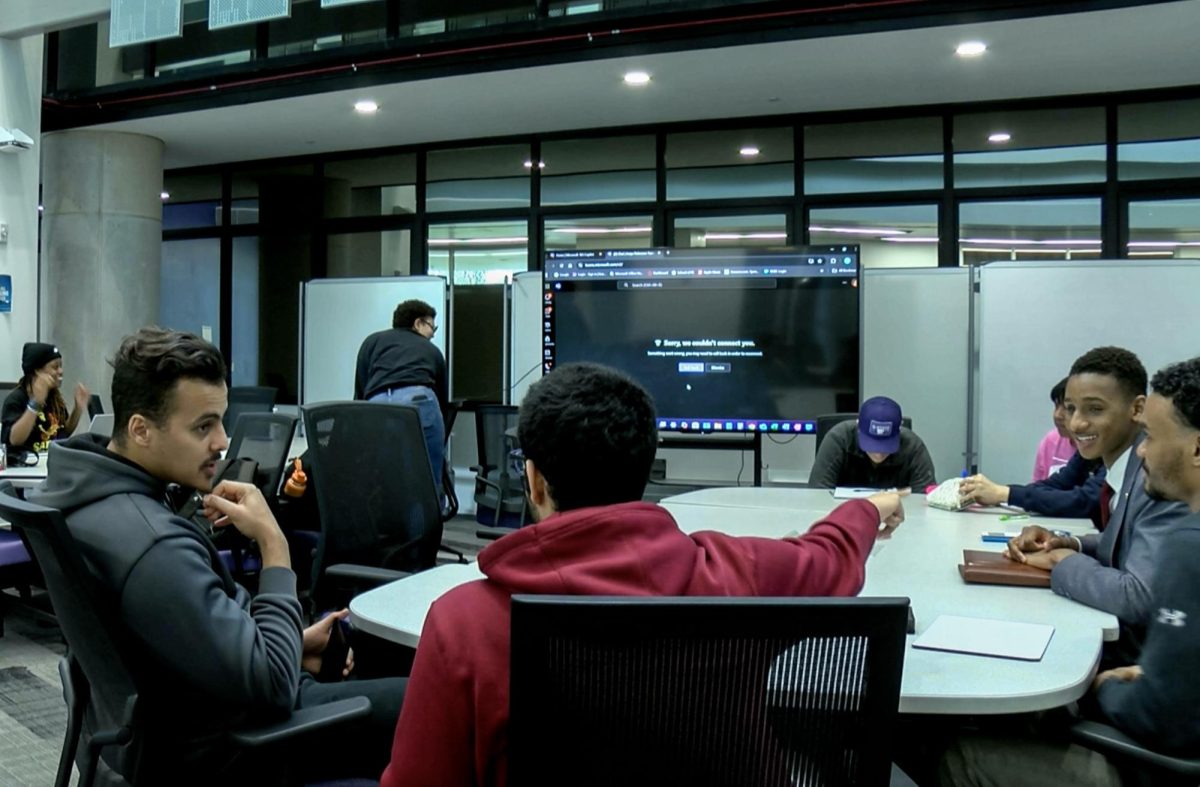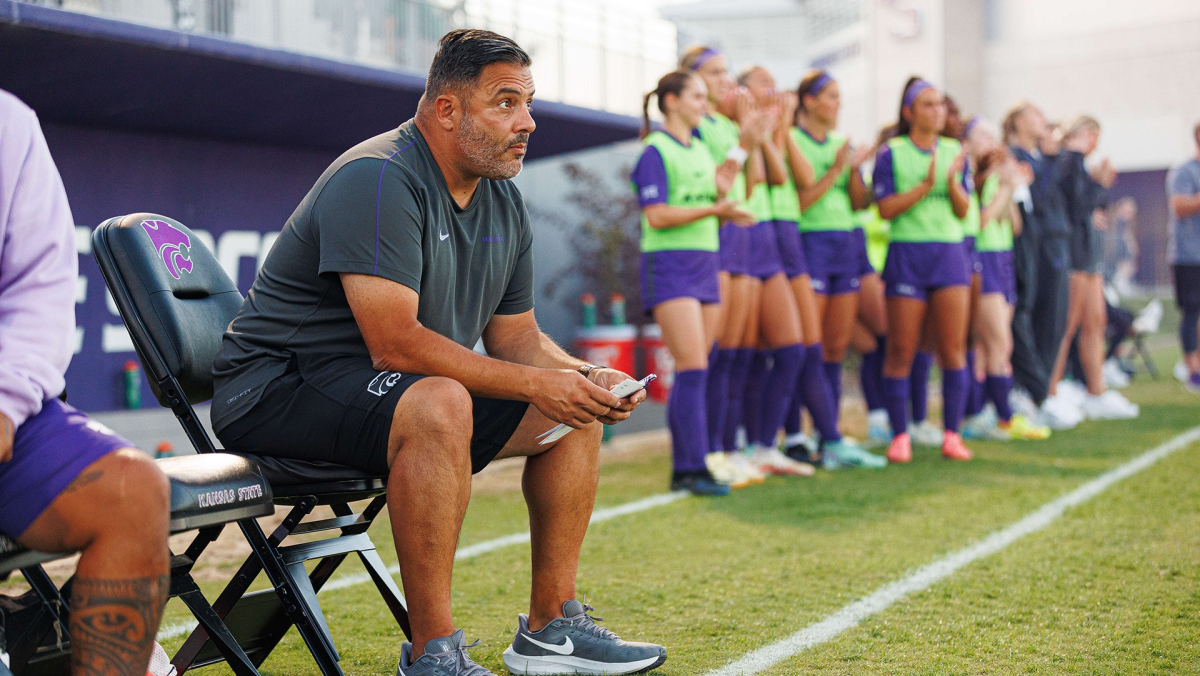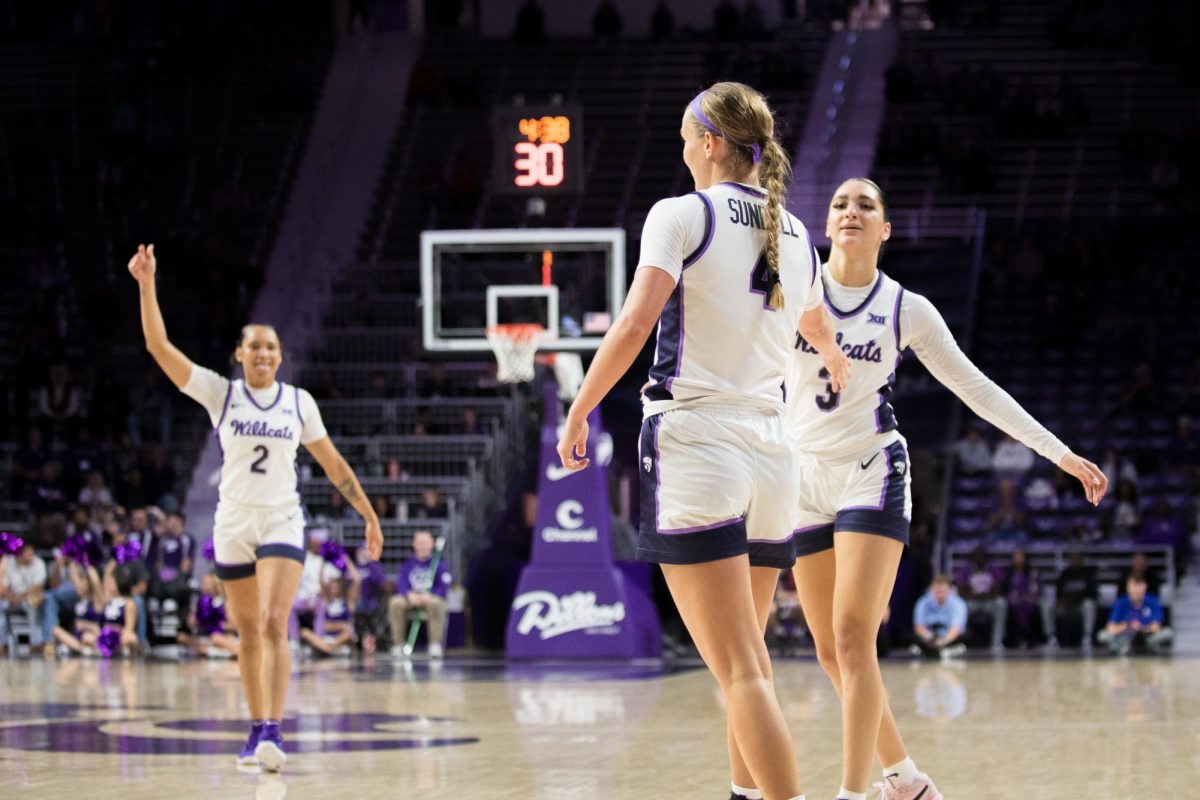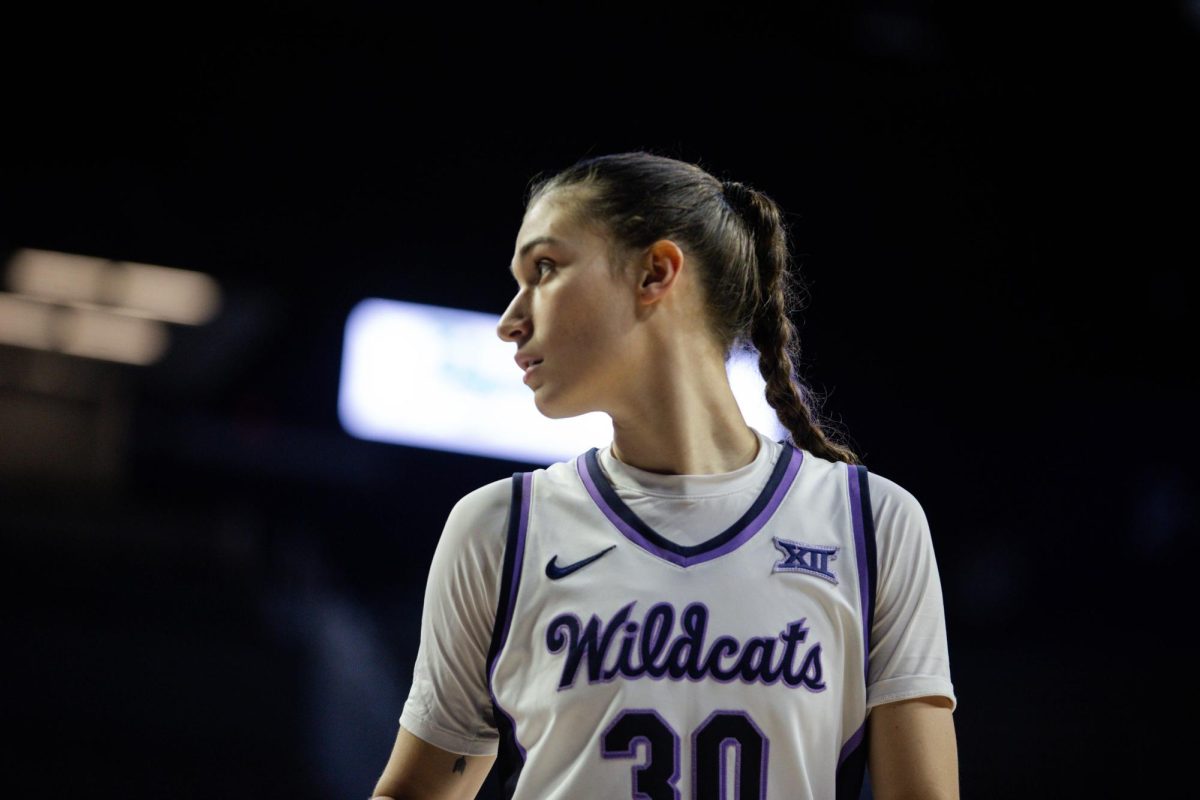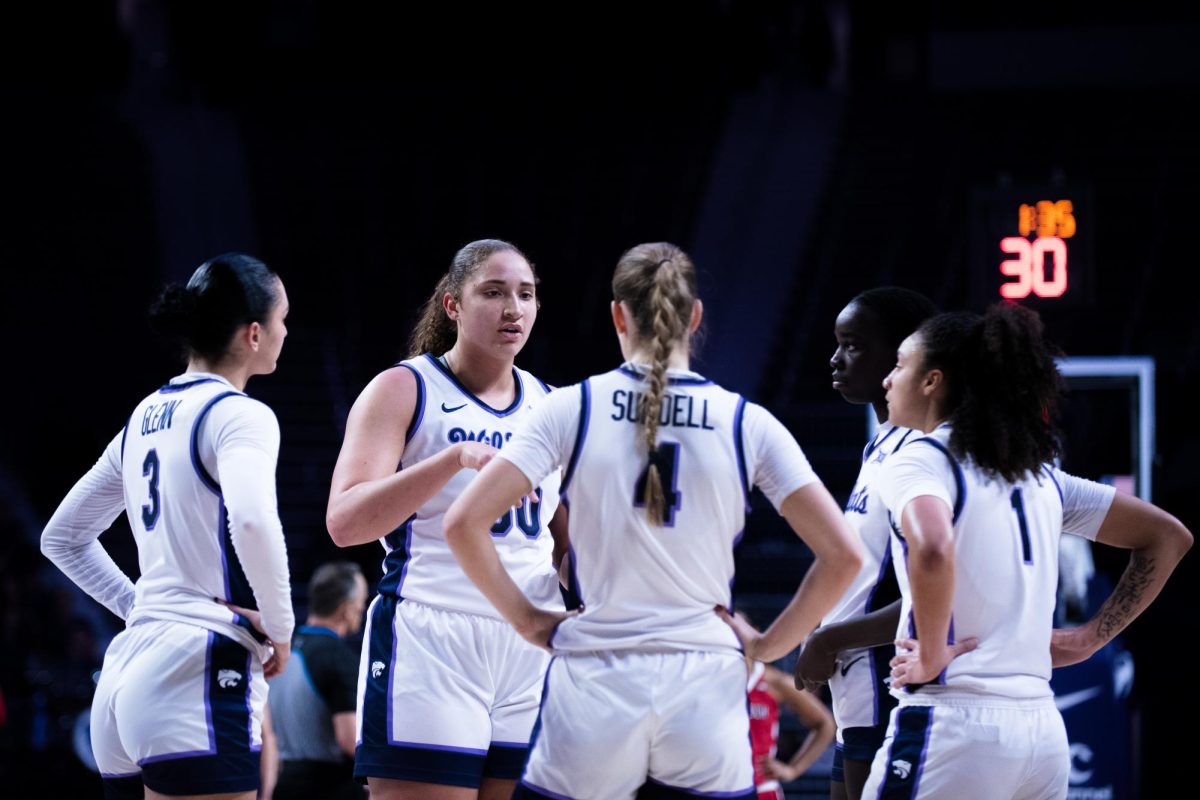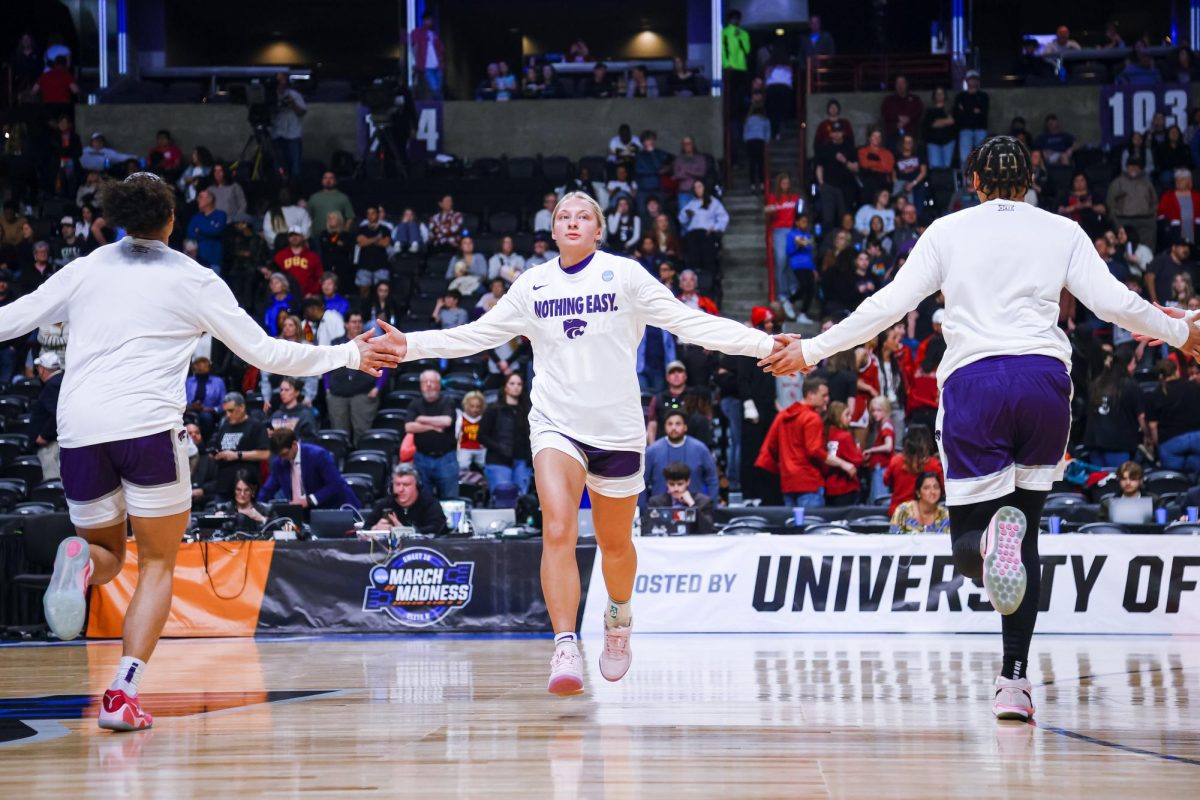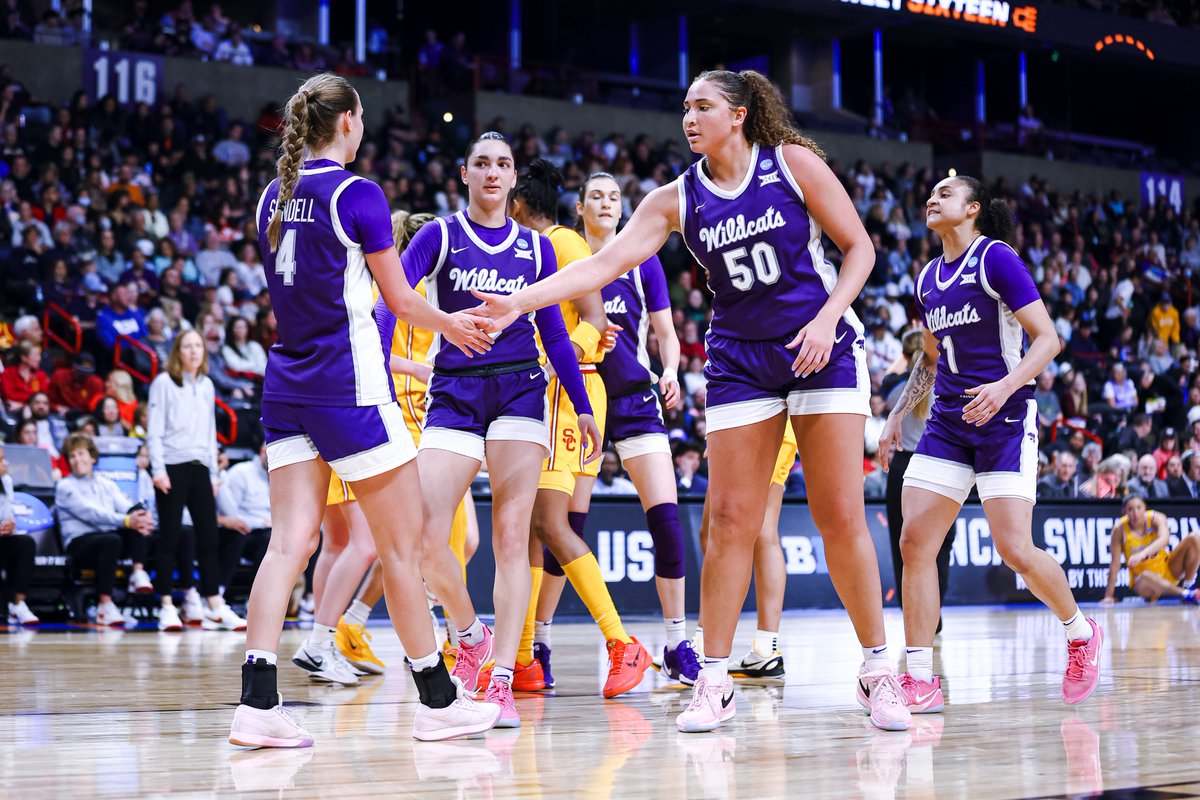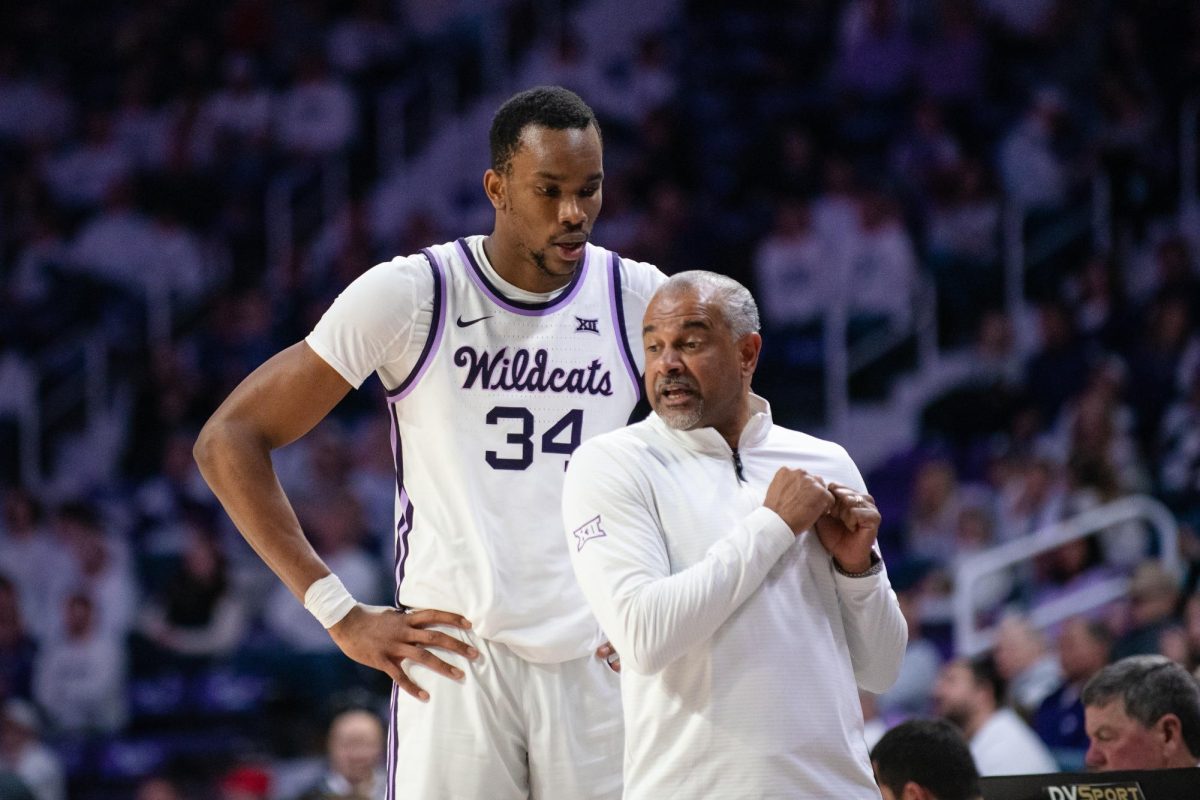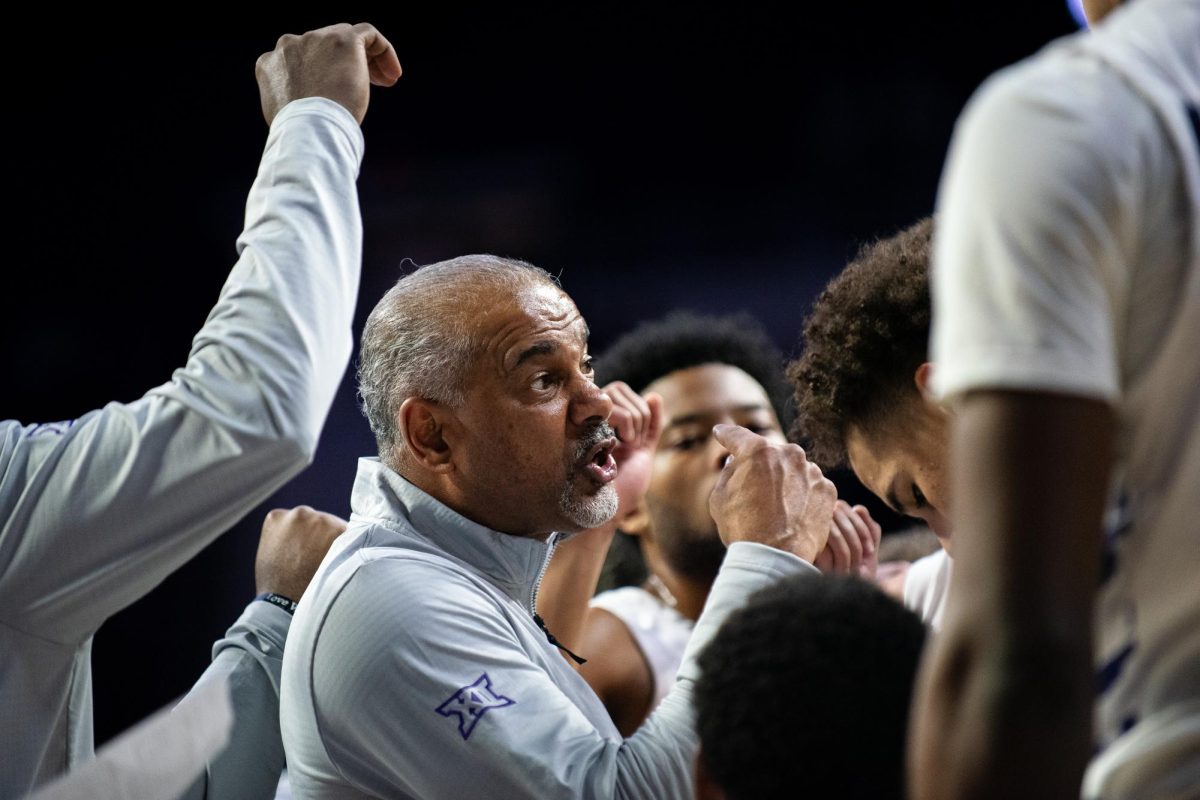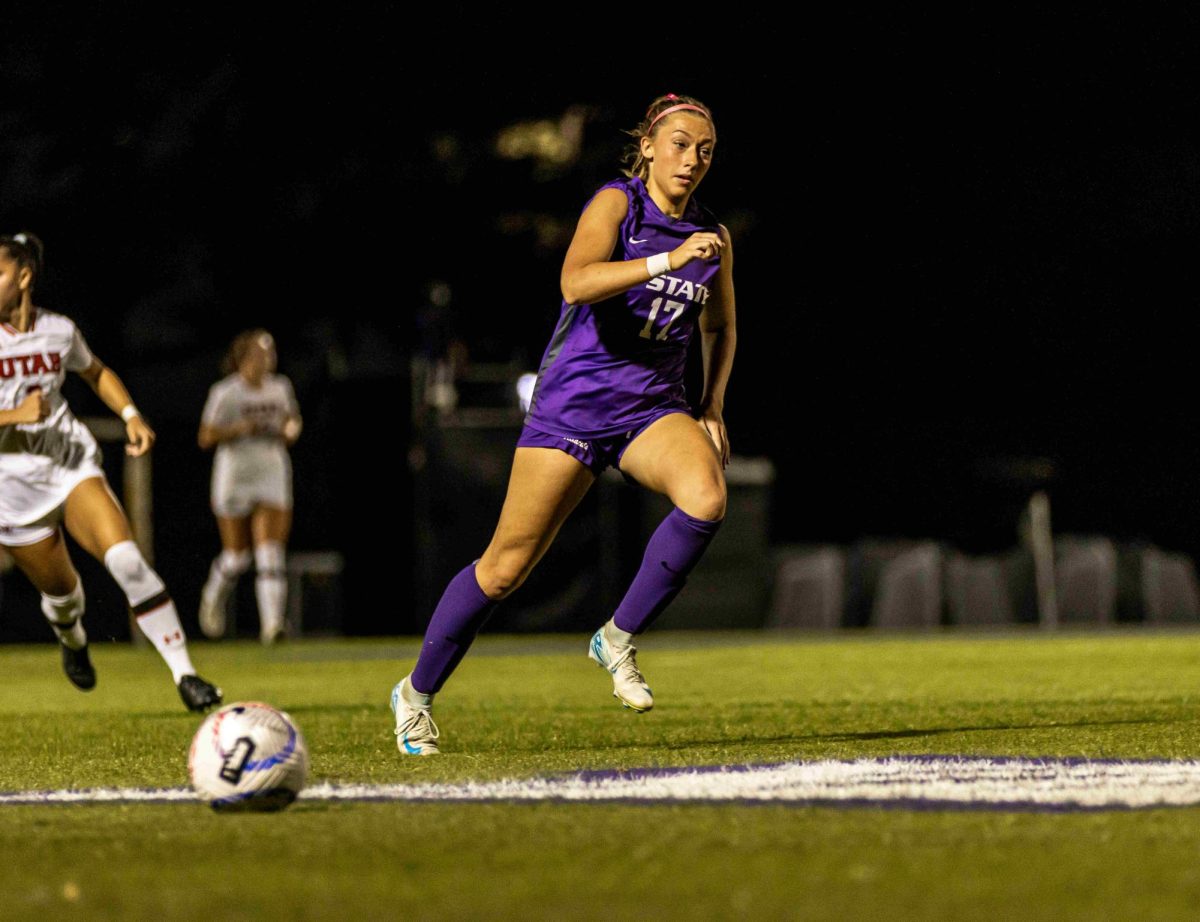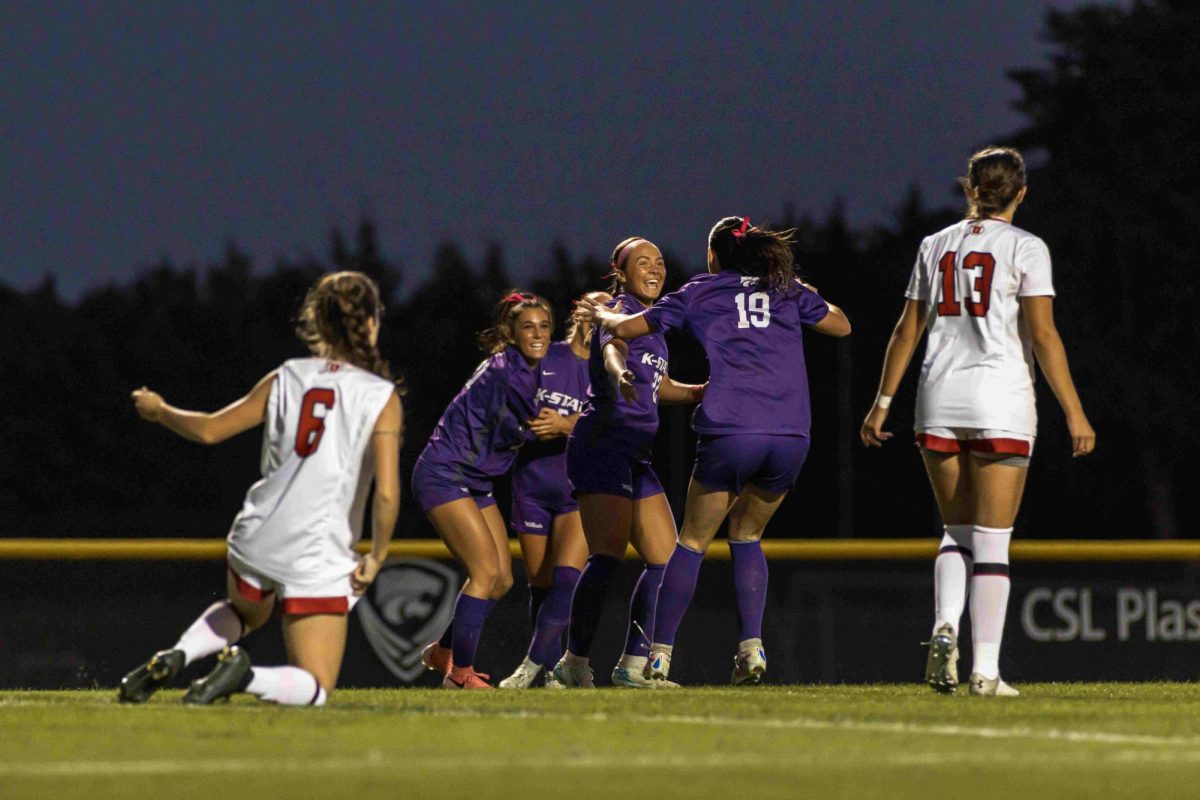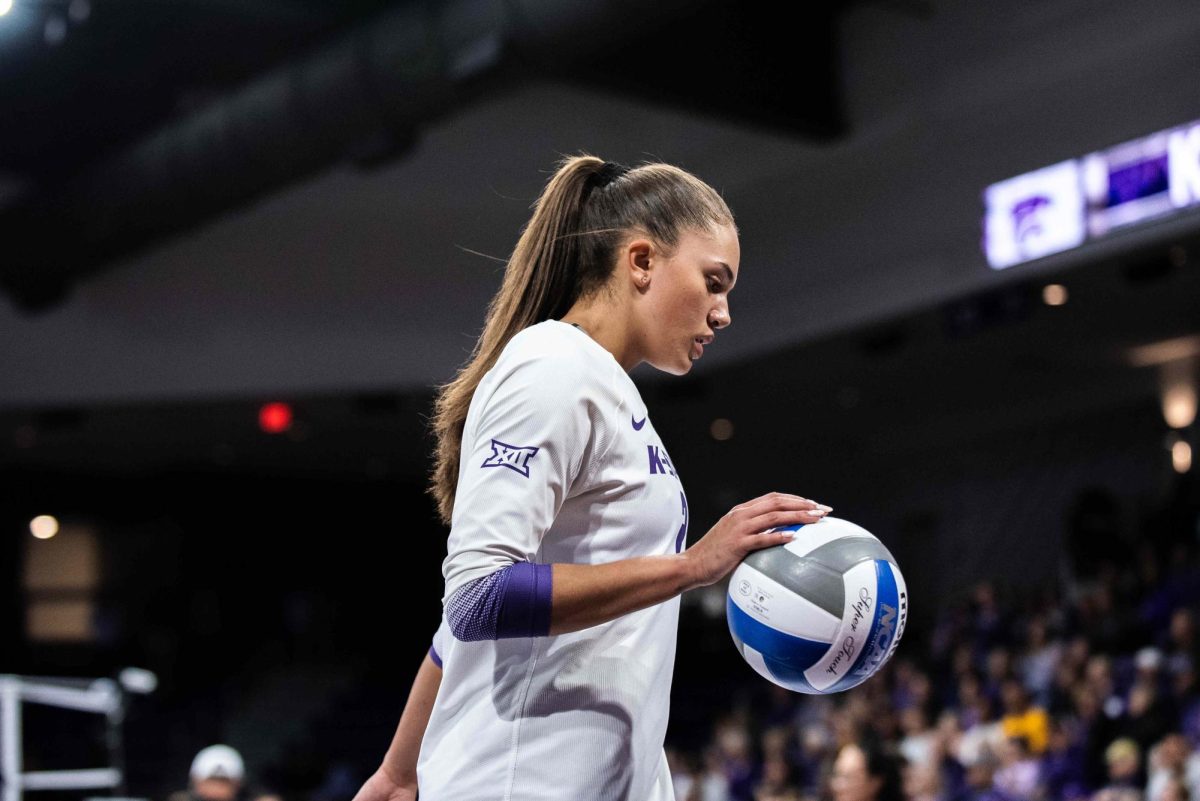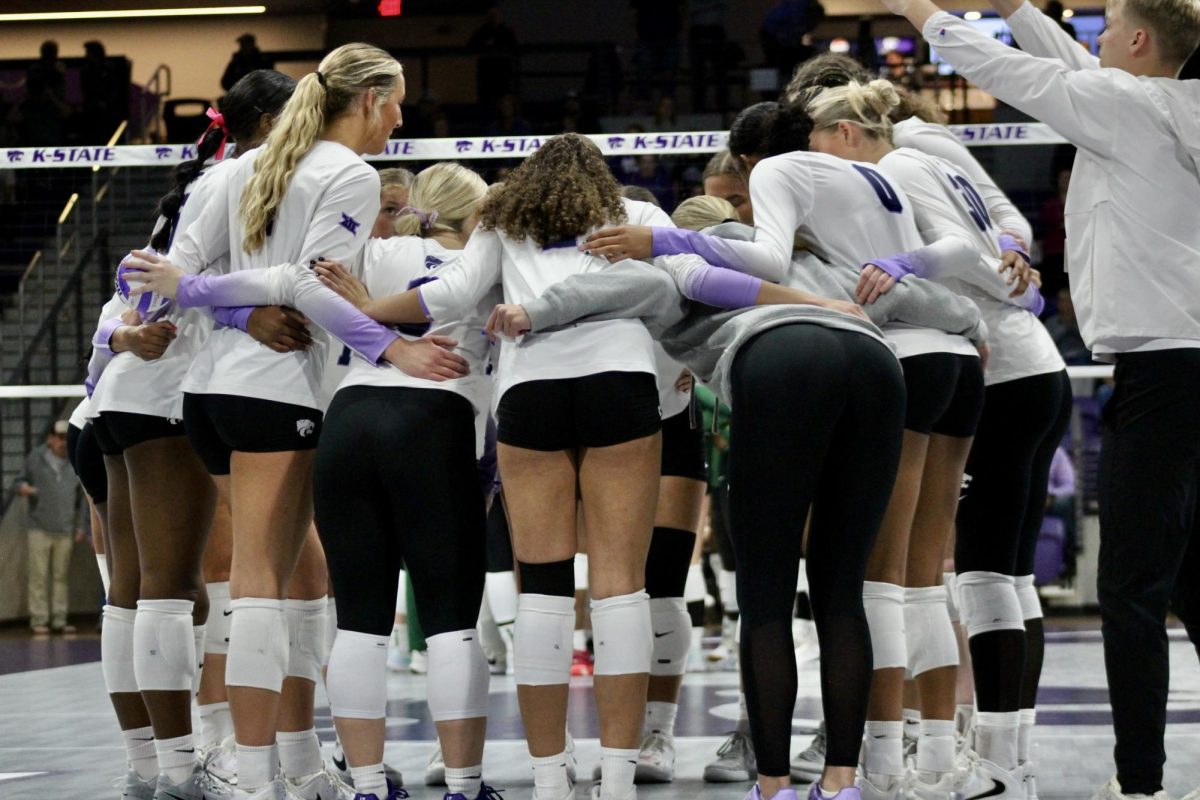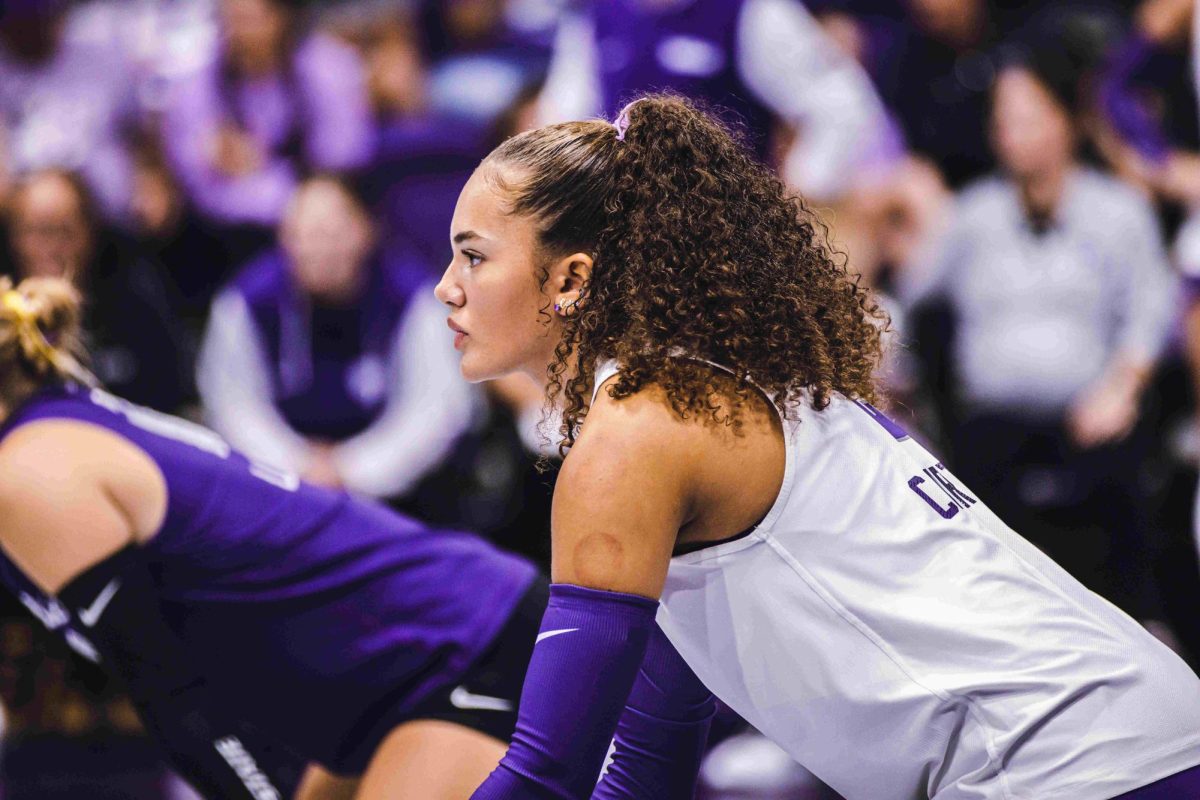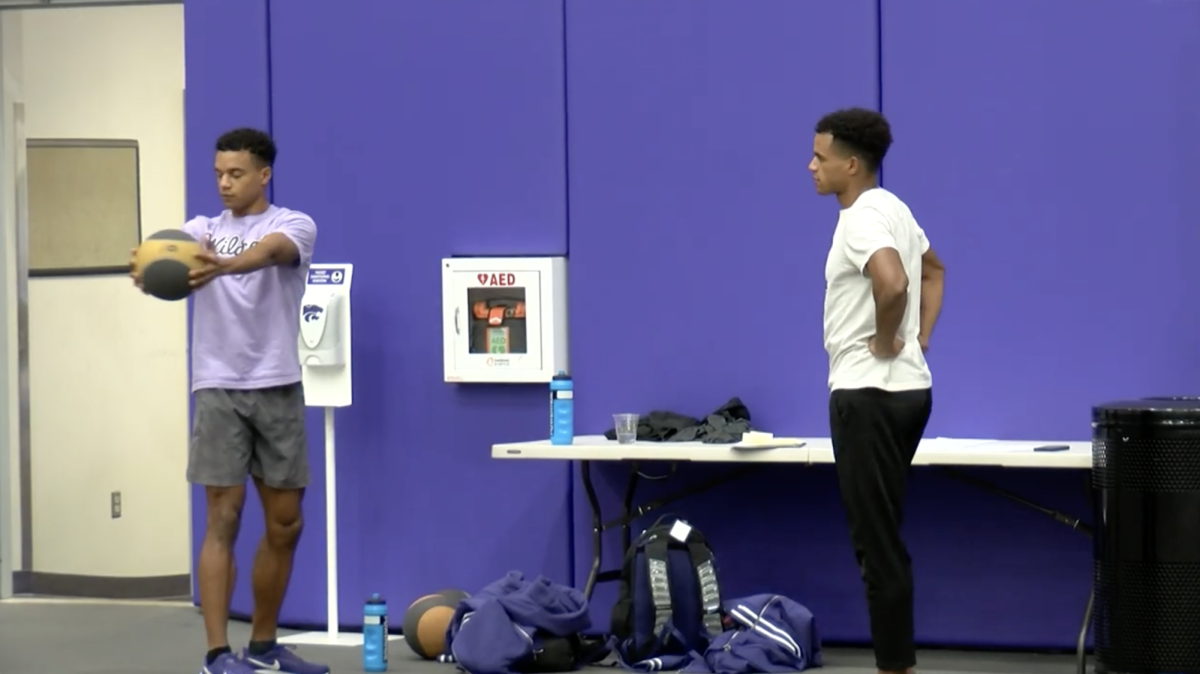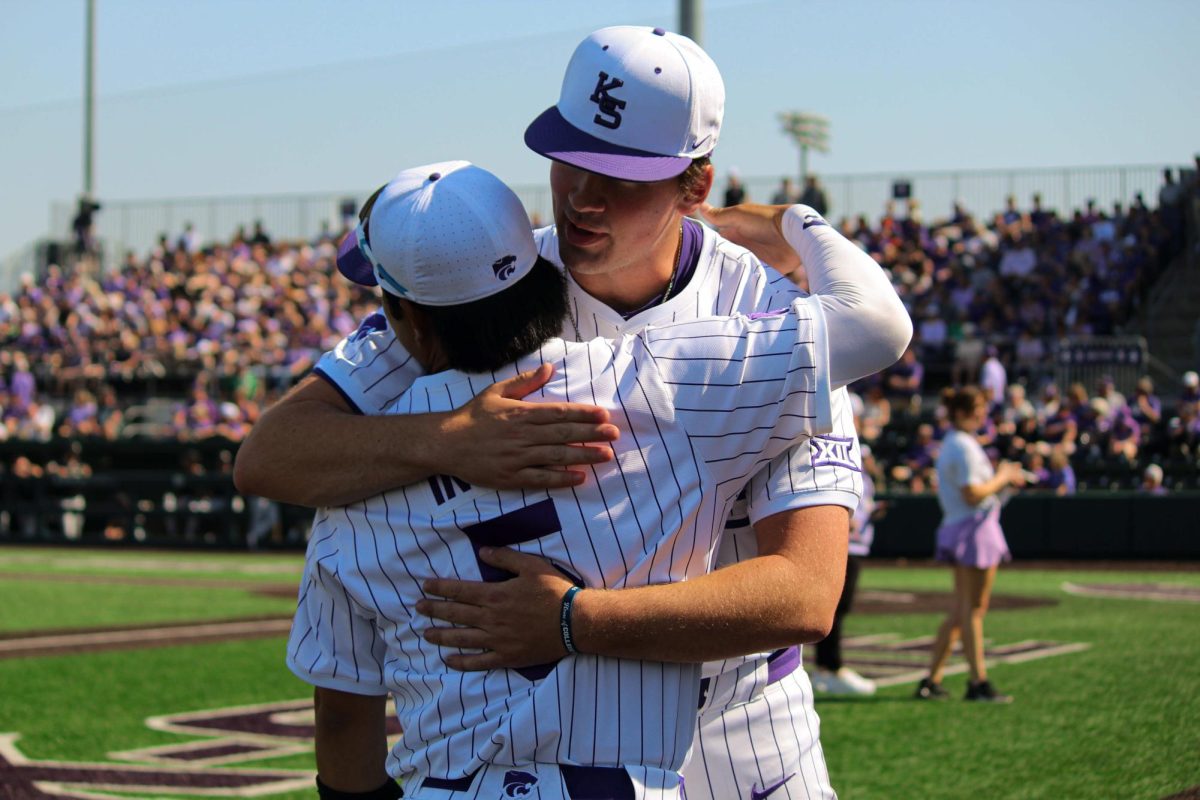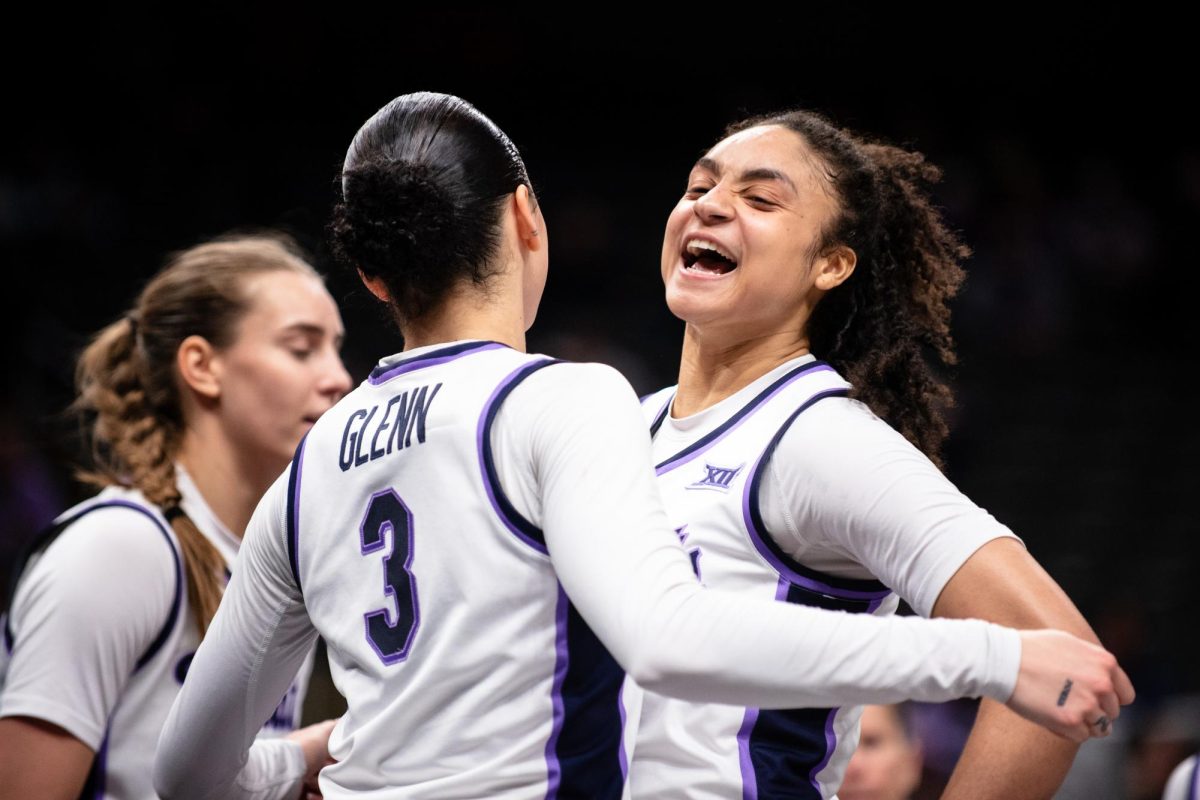We live in a technologized world. Things that were not possible a couple of years ago are now for everyone. You can travel to the other side of the planet in one day. You can talk with some friends or family members who are living away from you in an instant. You can take some online courses taught by renowned experts from the comfort of your own home. Technology has enabled us to do things our ancestors only dreamed about. And because we have access to so many opportunities, each country becomes more diverse. And it is not only this.
When you travel, even though it is only for a city break, you visit another country, another culture. You have contact with other habits, with other lifestyles, with other social norms. This will become the new normal. Thus, it is essential to teach children and not only about cultural diversity. There should be an inclusive curriculum where topics such as multicultural education are touched. It should teach more about cross-cultural communication, bias awareness, and cultural competence. But it should also promote empathy, understanding, and respect for different cultures. So, what would be some efficient strategies for teaching cultural diversity?
Inclusive Curriculum
As briefly mentioned above, the curriculum should be inclusive and include distinct perspectives. Incorporate literature, art, history, and other subjects as well. They should represent different ethnicities and cultures so that students get more familiar with the distinctive perspectives people have. They should be aware of the contributions of each culture and be sensitive toward people who might see the same thing in a different light.
Everybody has a different history, set of beliefs, and set of habits and behaviors. We originate from various nations, regions, cultures, and faiths. But when it comes to one another, we should be understanding and sympathetic. Students ought to comprehend this, which is why it is crucial to ensure that the curriculum is inclusive. Additionally, you might ask them to do more study on the subject and even produce some essays or papers on it. They can find a paper service that offers essay writing help and guides them in finding the best stats and facts about cultural diversity, world history, and many more.
Multicultural Resources
When teaching students about cultural diversity, it is essential to use a wide range of resources. These include books, movies, podcasts, music, testimonials, interviews, and many more. It will help students to connect with other cultures authentically. The easiest way to do this is to organize events where you invite guests from distinct cultures. They can share more about their culture. But also tell students more about the struggles of adapting to a new culture or a different country.
Interactive Activities
What we mentioned above could be considered an interactive activity. Students get the opportunity to interact, talk to, and ask questions to people who are from different cultures. But you can also organize cultural fairs, for example.
You can take them to food festivals, where they will have the opportunity to explore other gastronomies. They can go to art exhibits and learn more about another civilization through the art lens. There is always the option of music performances that celebrate other nations too. The opportunities are diverse. Giving students the opportunity to get a hands-on approach helps them to experience the diversity firsthand.
Encourage Discussions
As now traveling around the world and moving to another country is easier than it was before, students in your class might come from distinct cultures. Which means it is an awesome opportunity to foster open discussions about cultural differences. Students should discuss more about the biases we all have, about stereotypes, and their experiences in other countries. Of course, the environment should be a respectful and empathetic environment.
Promote Critical Thinking
No matter what activity you organize or what strategy you apply when teaching, do not lose sight that you have to promote critical thinking too. Challenge stereotypes and misconceptions about other cultures. Encourage students to always analyze and question the information they get about other countries and civilizations. Critical thinking is essential during these times when fake news and social media might encourage stereotypes and misconceptions based on religion or culture.
Cultural Exchange Programs
An efficient way to help students learn about other folklore, lifestyle, and society is by immersing in it. Which means cultural exchange programs are the right fit. Learning from peers about their social norms, gastronomy, or country will help students understand them more and better.
Final Thoughts
We live in a fast-paced world where technology is changing everything. We can now travel freely, we can communicate with people who live in other places, and so on. Countries are becoming more diverse. This means there is an increasing need to teach students about this. Some strategies could work wonders if applied correctly. What is the most crucial thing is to foster an environment full of respect, empathy, and understanding.






